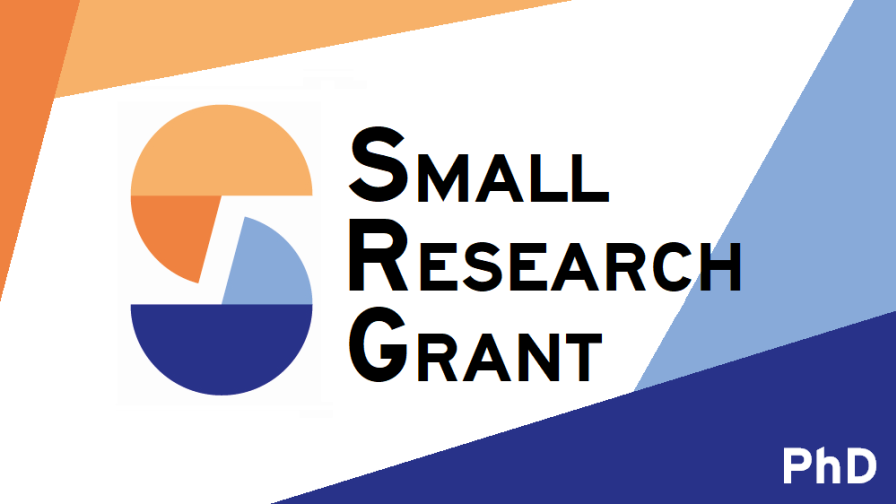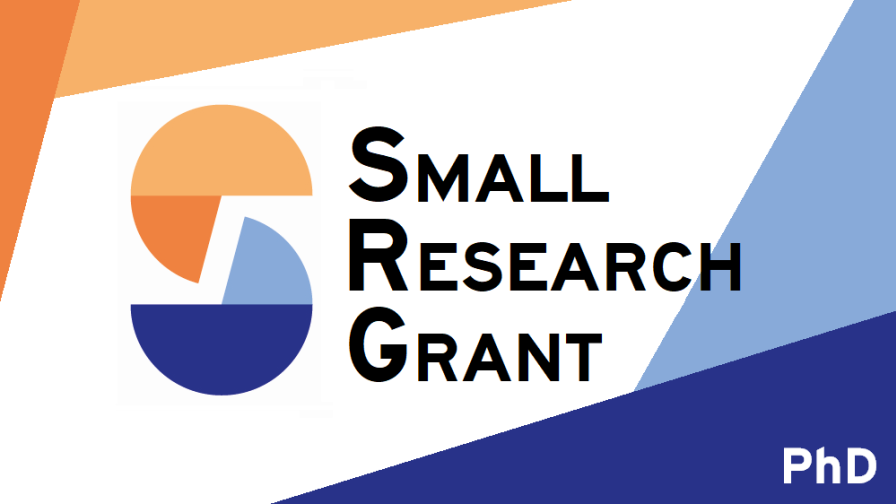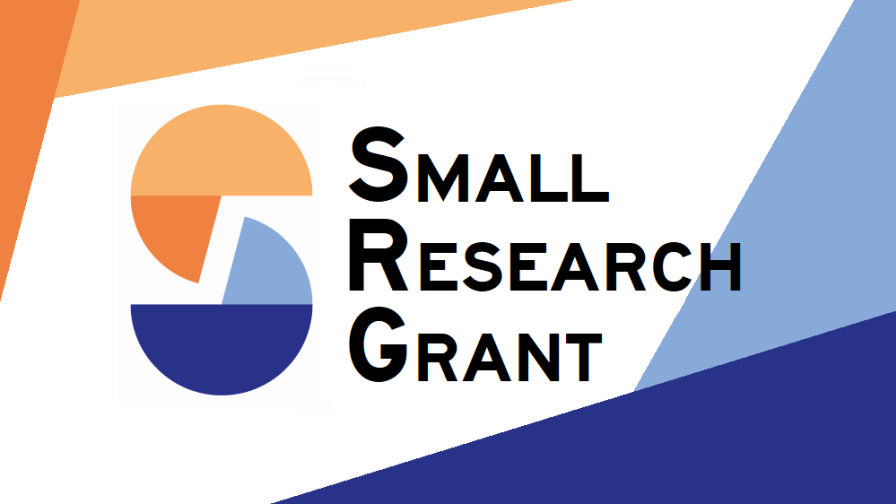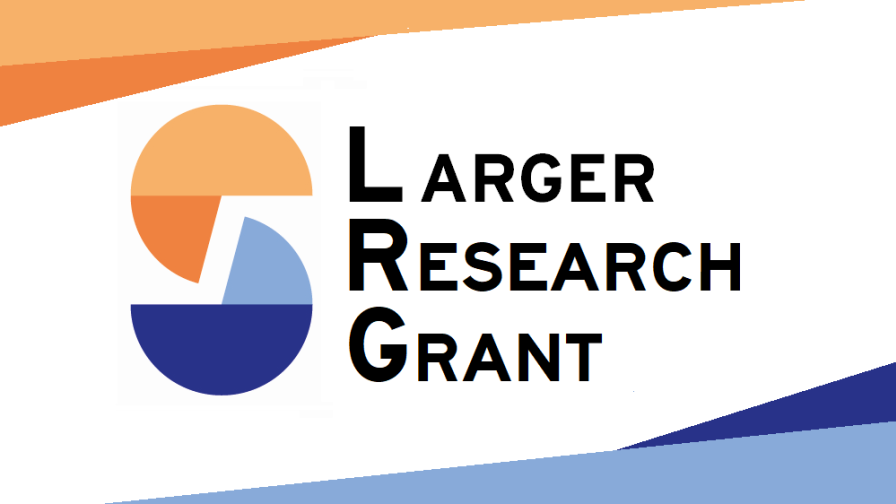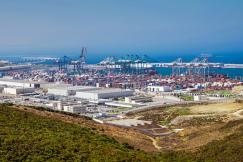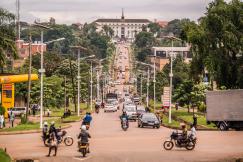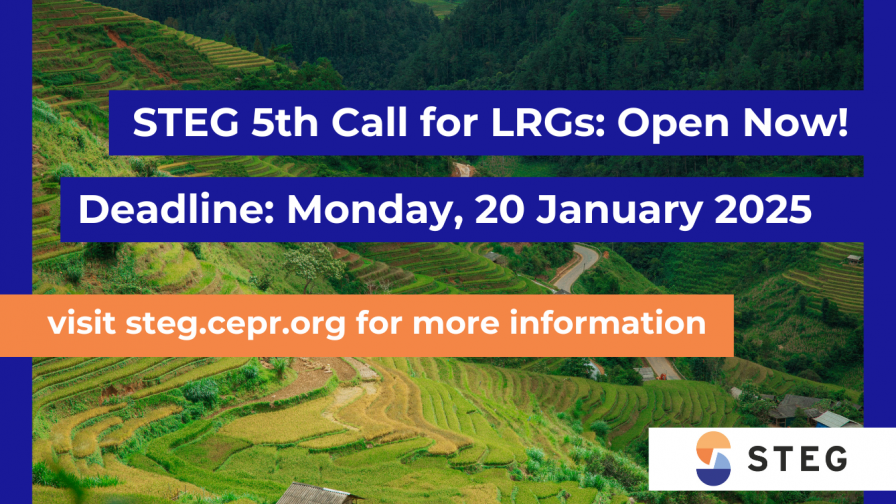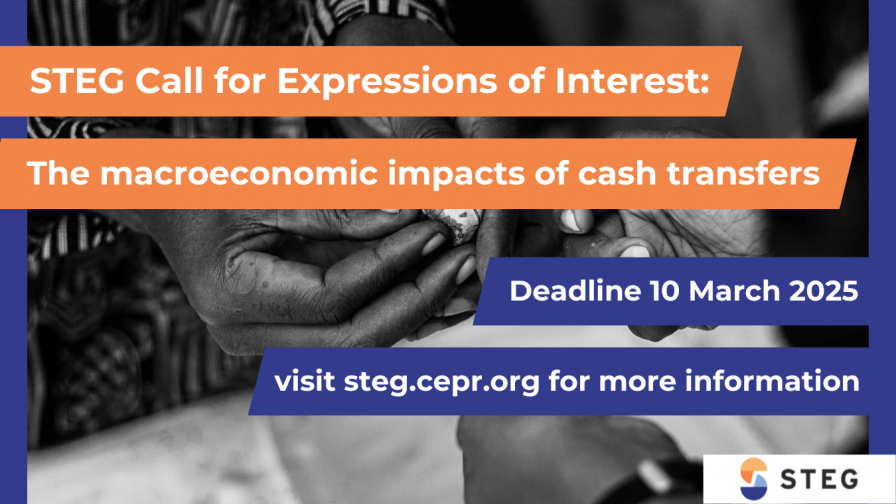A longstanding and influential literature explores how wealth inequality evolves during the process of economic development. Existing theoretical work on this topic has focused on the role of capital and its interactions with financial frictions. In this project, we focus on the role of land which is the main source of wealth in developing countries. Land is the key productive asset in agricultural production, which represents a large share of the economic activity in low-income countries. Land markets in developing countries suffer from many market failures and high costs of transaction. Institutional and cultural factors hinder the rental and sale of land in many contexts. We aim to empirically and theoretically study the relationship between land ownership distributions and local economic development in the presence of frictions in both land and financial markets.
We use administrative individual-level land ownership data matched with census data sources for one large state in India to empirically examine the cross-sectional relationship between village-level landholding inequality with rural structural transformation in India. We find that land inequality is positively associated with both agricultural productivity and the share of non-agricultural labour allocations in the same village. Higher agricultural productivity and non-agricultural labour allocations are driven by irrigation investments and entrepreneurship which tend to require upfront capital investments. Using STEG funding, we collected village-level data from 1203 villages on market structure and prices to further characterize the impact of landholding inequality on local labour markets and calibrate a structural model. Since the administrative data does not include data on prices including factor prices, we collected these through village-level primary surveys administered to village officials (for e.g., the elected representative or the appointed secretary of the village council) or elders (in villages where we were able to get an appointment with the village officials). We find that land inequality is positively associated with agricultural wages during both peak and lean seasons whereas it is negatively associated with non-agricultural wages. We also confirm that high Gini villages also have higher levels of productive agriculture in the form of agriculture mechanization and access to irrigation. On the other hand, we find no correlation between the price of capital (interest rate on bank loans or informal loans) and land inequality nor do we find any meaningful correlations between food grain prices and village-level landholding Gini. Lastly, we note that among the key reasons for fallow land in high Gini villages are due to land owners leaving agriculture as an occupation or due to poor land management (for e.g., absence of rental markets or enforcement of property rights).
To explain these empirical findings, we posit a theoretical framework connecting land inequality with the local structural transformation process. We are developing a dynamic general equilibrium model in which land ownership inequality interacts with land and credit market frictions in the presence of upfront fixed-cost investments in both the agricultural and non-agricultural sectors. Land and credit frictions interact through the self-financing mechanism: land ownership in providing agricultural income to finance productive investments in agriculture and non-agricultural firm entry. Our project contributes both empirical evidence and a theoretical framework to improve our understanding of the role of frictions in land markets and credit markets as well as their interaction in hindering local economic development in low-income countries. We plan to calibrate the model to quantify the effectiveness of relevant policy reforms such as land redistribution and reducing credit market frictions.


